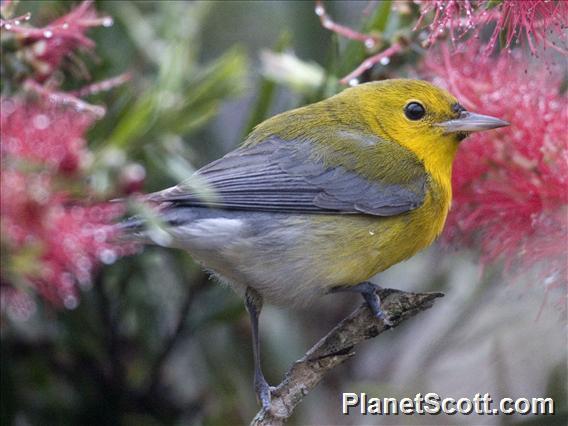Prothonotary Warbler (Protonotaria citrea)

Prothonotary Warbler (Protonotaria citrea)

Prothonotary Warbler (Protonotaria citrea)

Prothonotary Warbler (Protonotaria citrea)



×




Prothonotary Warbler (Protonotaria citrea)

Prothonotary Warbler (Protonotaria citrea)

Prothonotary Warbler (Protonotaria citrea)
About Prothonotary Warbler (Protonotaria citrea)
- Kingdom: Animals
- Phylum: Chordates
- Class: Birds
- Order: Perching Birds
- Family: New World Warblers
The prothonotary warbler is a small songbird of the New World warbler family. It is named for its plumage, which resembles the yellow robes once worn by papal clerks in the Roman Catholic Church.
Source: Wikipedia
Visits
-
-
2009-03-19
Punta Patino, Panama -
2013-04-19
Bolivar Peninsula, United States of America -
2014-10-02
Golden Gate Park - San Francisco Botanical Garden, United States of America -
-
-
-
-




